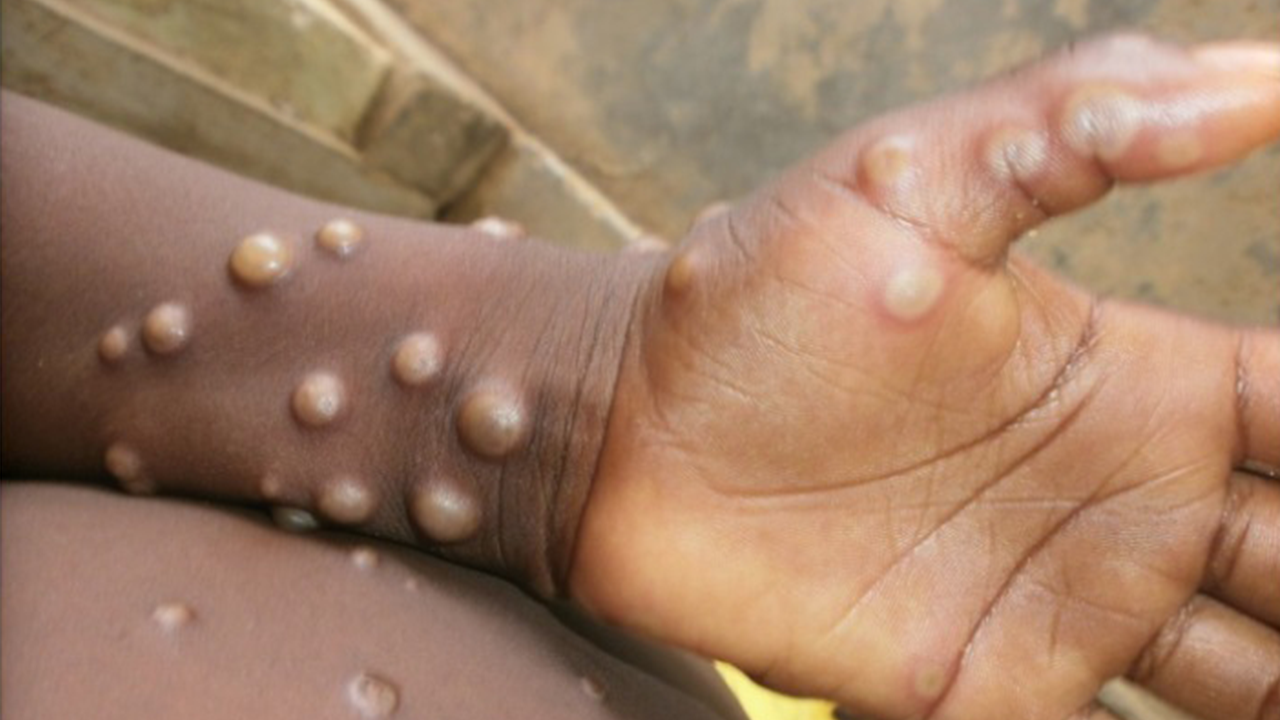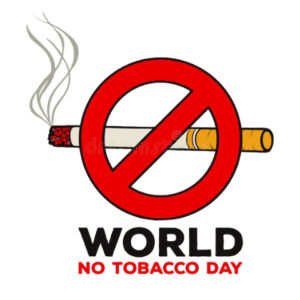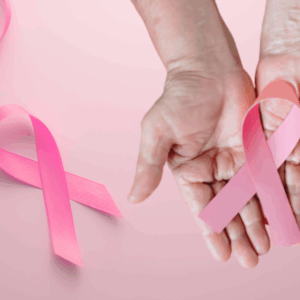Monkeypox is a zoonotic disease that transmits from animals to humans. The first monkeypox case was reported in humans in 1970 in the Democratic Republic of the Congo. It is an endemic disease condition that existing in the central and western parts of Africa generally in tropical rainforests since 1970. The first outside outbreak of monkeypox was reported in the US in 2003 from a dog to a human. Since 2017 various countries have reported the outbreak of monkeypox, such as Nigeria, Israel, the United Kingdom, Singapore, the United States of America and the Middle East. A few days ago monkeypox cases were reported in India too. It has clinical similarities with smallpox, which got prevented and declared an eliminated disease in 1980 by the World Health Organization. Monkeypox is considered less contagious than smallpox. The fatality ratio of monkeypox is over 3-6%. Because of the clinical similarities, the vaccines used during smallpox eradication programs have been licensed for the treatment of monkeypox.
The general transmission pattern of Monkeypox:
Monkeypox viruses belong to the Orthopoxvirus genus of the Poxviridae family. Transmission of monkeypox viruses is primarily through direct exposure to infectious sores, scabs, body fluids, or respiratory droplets of infected animals directly or indirectly via contaminated fomites. Few animals like monkeys, squirrels, rats and dormice are considered reservoirs or sources of diseases. The incubation period of monkeypox viruses is close to 6-13 days and the symptoms generated by the viruses remain for 2-4 weeks. The prevalent symptoms of monkeypox are fever, skin lesions and lymphadenopathy. A few secondary complications of monkeypox are secondary infections, bronchopneumonia, sepsis, encephalitis and infection to the cornea that lead to loss of vision. Also, it exhibits the characteristics of placental transmissions causing intrauterine exposure of the foetus (congenital monkeypox). Two genetic variants of monkeypox viruses have been identified up to the present time, namely the Congo Basin clade and the Western African clade. The Congo Basin clade is the most severe form, having a high fatality of around 11% generally spotted in Central Africa. The western clade is less severe where the fatality rate is less than 1%, observed in western parts of Africa. The studies concerning monkeypox manifest that male gender prominence is due to hunting and wild animal unsafe contacts in African regions. The clinical and epidemiological criteria for monkeypox remain under review since the exact burden of the disease is unknown. The treatments are generally focused to alleviate symptoms and preventing complications and secondary infection. Polymerase Chain Reaction (PCR) is the prevalent diagnosis method performed to identify the suspected cases of monkeypox.
Management and prevention of monkeypox:
Risk communication and community engagement (RCCE) for monkeypox outbreaks – It is interim guidance and recommendations conferred by the World Health Organization for public health concerns to withstand monkeypox and create public awareness. The guidelines advise preventing monkeypox by reducing the risk of human-to-human transmissions, such as droplet infections, utilization of contaminated particles etc. Reduce the risk of zoonotic transmissions such as avoiding unsafe contact with wild animals, and avoiding consumption of dead or sick animal meat. Thorough cooking before having food decreases the risk of zoonotic transmissions.
If any suspected cases are appeared in the community, inform the authorities as soon as possible, avoid contacts, use PPE kits, and be followed by immediate isolation of the person. Also, check for past travel histories and route maps to identify the primary contacts. Surveillance for budding cluster groups in the community and breaks all the possibilities of cluster formations. Maintaining personal hygiene in public places and safe distances from people will promote public health prevention to an extent.
Latest trends on global Monkeypox:
From 1st January 2022 to 15th July 2022, there were 2103 cases of monkeypox detected globally. The prevalence of monkeypox exists in 42 Member States across five WHO regions such as the Regions of the Americas, Africa, Europe, Eastern Mediterranean, and Western Pacific. In the European region, 26 countries are affected with monkeypox and the United Kingdom exhibit the highest number which is 524 cases. In the African Region, 6 countries have been affected. Monkeypox prevalence exists in 6 American countries. Two countries in Eastern Mediterranean were affected by monkeypox. From the Western Pacific, Australia confirmed 7 cases of monkeypox. Nigeria confirmed the first monkeypox death in 2022. 99% of the cases reported were men aged (0-65 years). Recently India confirmed 2 cases of monkeypox in the Kerala district. The PCR diagnosis reported the presence of the Western African clade in newly affected countries which has less fatality rates as compared to the Congo Basin clade. An antiviral drug Tecovirimat has been used for smallpox and is approved for the treatment of monkeypox.
Dr. Nitha Jacob is Assistant Lecturer and MPH Programme Co-ordinator at the Edward & Cynthia Institute of Public Health at Mangalore.
-
Dr Nitha Jacobhttps://eciph.in/author/nitha/
-
Dr Nitha Jacobhttps://eciph.in/author/nitha/
-
Dr Nitha Jacobhttps://eciph.in/author/nitha/
-
Dr Nitha Jacobhttps://eciph.in/author/nitha/





